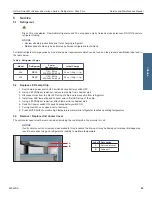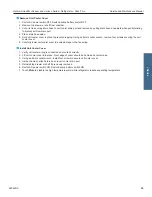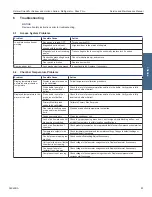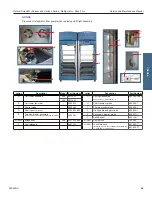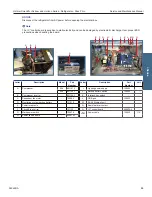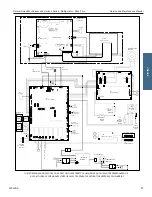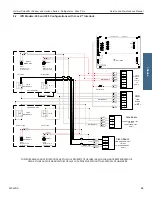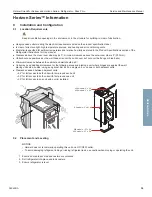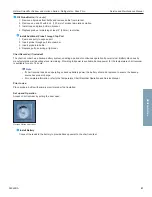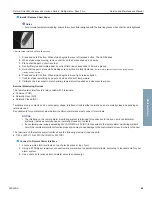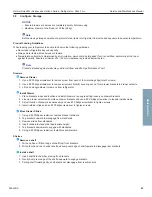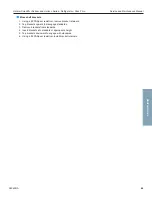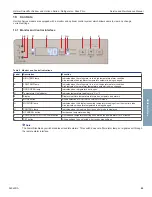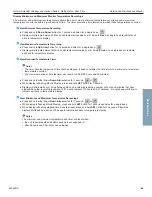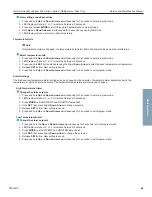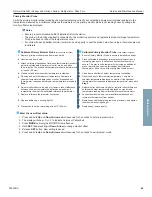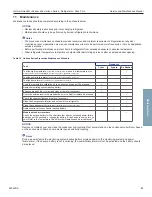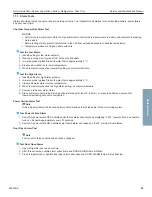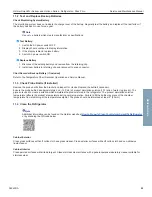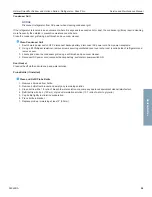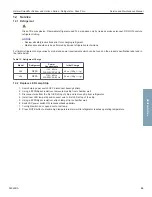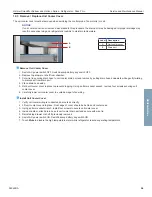
Helmer Scientific i.Series
®
and Horizon Series
™
Refrigerator - Pass-Thru
Service and Maintenance Manual
360429/A
42
Install / Replace Chart Paper
Notes
• For accurate temperature reading, ensure the current time is aligned with the time line groove when chart knob is tightened.
Chart recorder stylus and time line groove
1. Press and hold
C
button. When stylus begins to move left, release button. The LED flashes.
2. When stylus stops moving, remove chart knob then move knob up and away.
3. Place chart paper on chart recorder.
4. Gently lift stylus and rotate paper so current time line corresponds to time line groove.
5. Hold chart paper in place while making sure chart knob is fully tightened.
(Failure to fully tighten the knob can result in paper
slipping and losing time.)
6. Press and hold C button. When stylus begins to move right, release button.
7.
Confirm stylus is marking on paper and stops at correct temperature.
8. Calibrate chart recorder to match primary temperature if needed and close recorder door.
External Monitoring Devices
The remote alarm interface is a relay switch with 3 terminals:
♦
Common (COM)
♦
Normally Open (NO)
♦
Normally Closed (NC)
Terminals are dry contacts and do not supply voltage. Interface circuit is either normally open or normally closed, depending on
terminals used.
Requirements for your alarm system determine which alarm wires must connect to terminals.
NOTICE
•
The interface on the remote alarm monitoring system is intended for connection to the end user’s central alarm
system(s) that uses normally-open or normally-closed dry contacts.
•
If an external power supply exceeding 33V (AC) RMS or 30V (DC) is connected to the remote alarm monitoring system’s
circuit, the remote alarm will not function properly and may cause damage to the control board or result in injury to the user.
The terminals on the remote alarm interface have the following maximum load capacity:
♦
115V or 230V: 1 A at 33V (AC) RMS or 30V (DC)
Connect to Remote Alarm Interface
1. Locate remote alarm terminals on top of electrical box at top of unit.
2. Using a #2 Phillips screwdriver, connect remote alarm wires to appropriate terminals, according to requirements for your
alarm system.
3. Use a cable tie to relieve strain on alarm wires (as necessary).
Horizon Series


